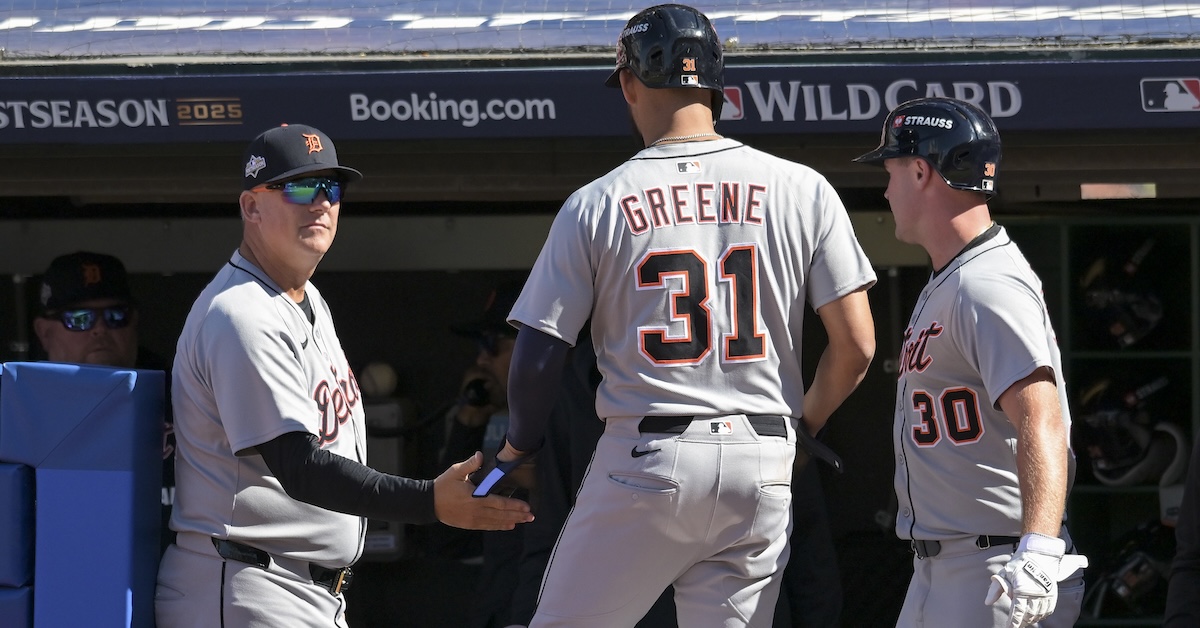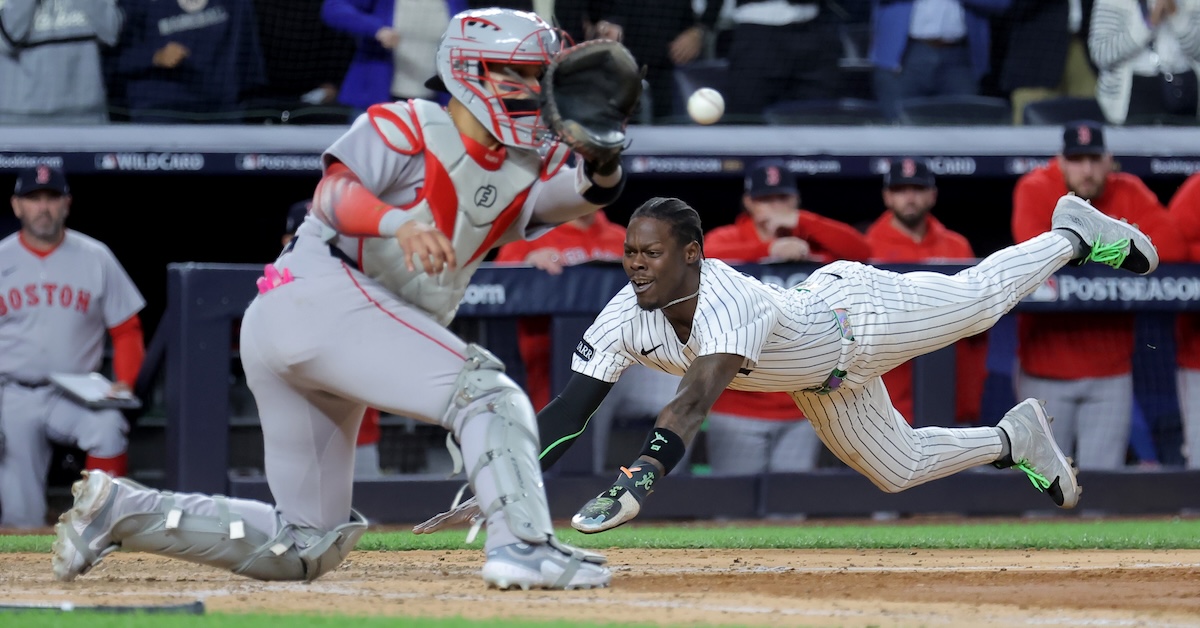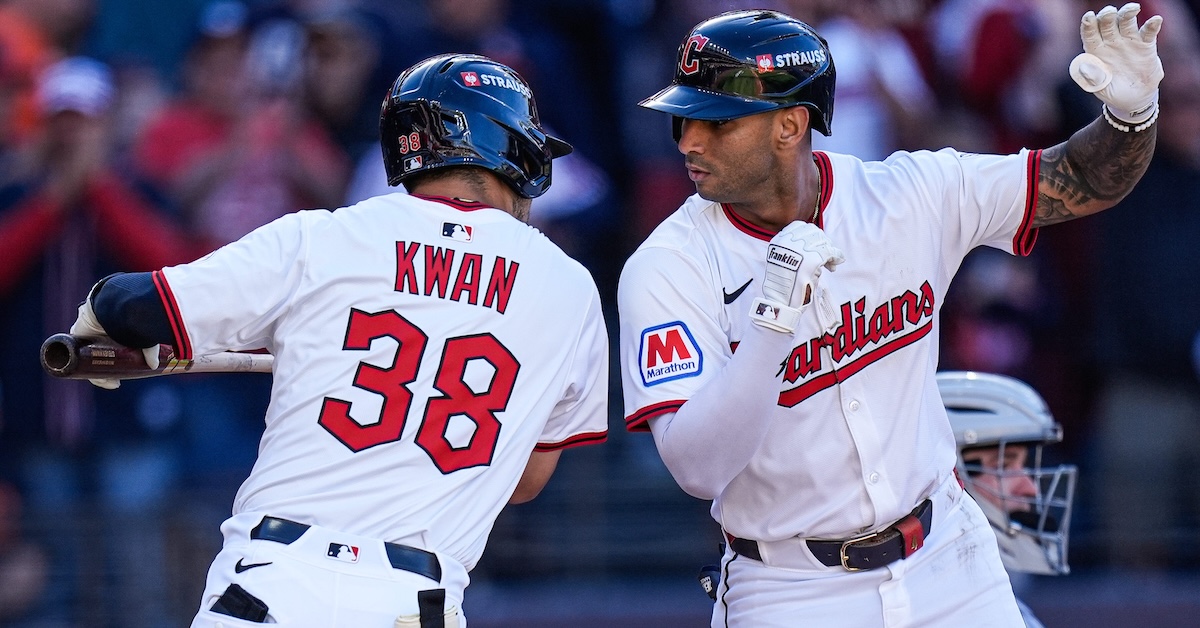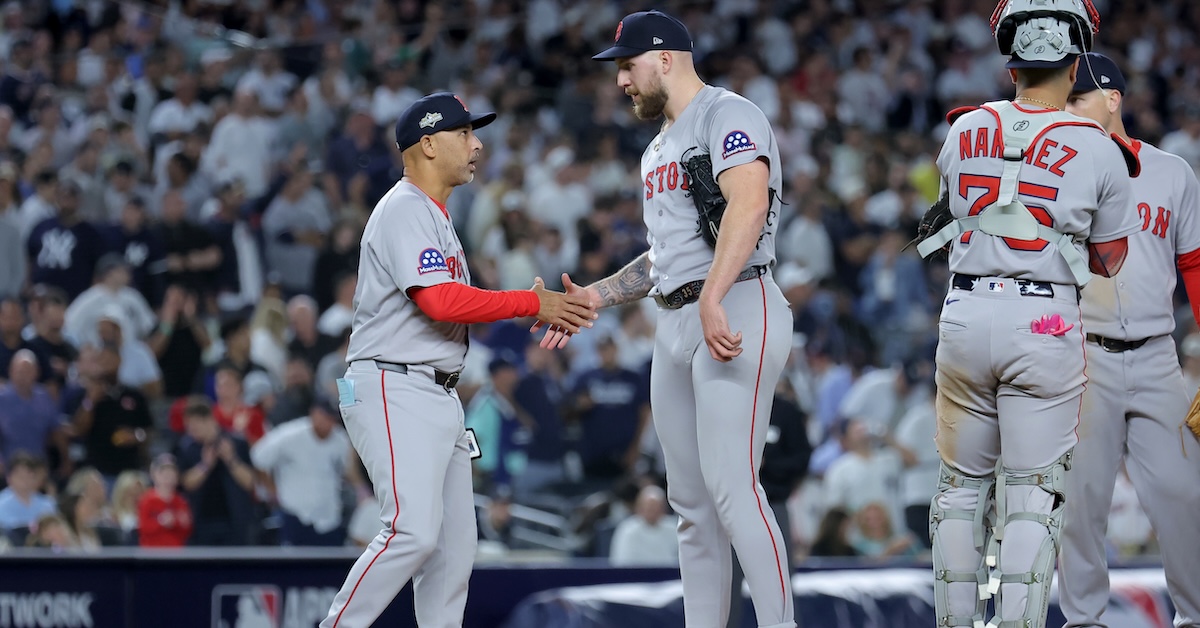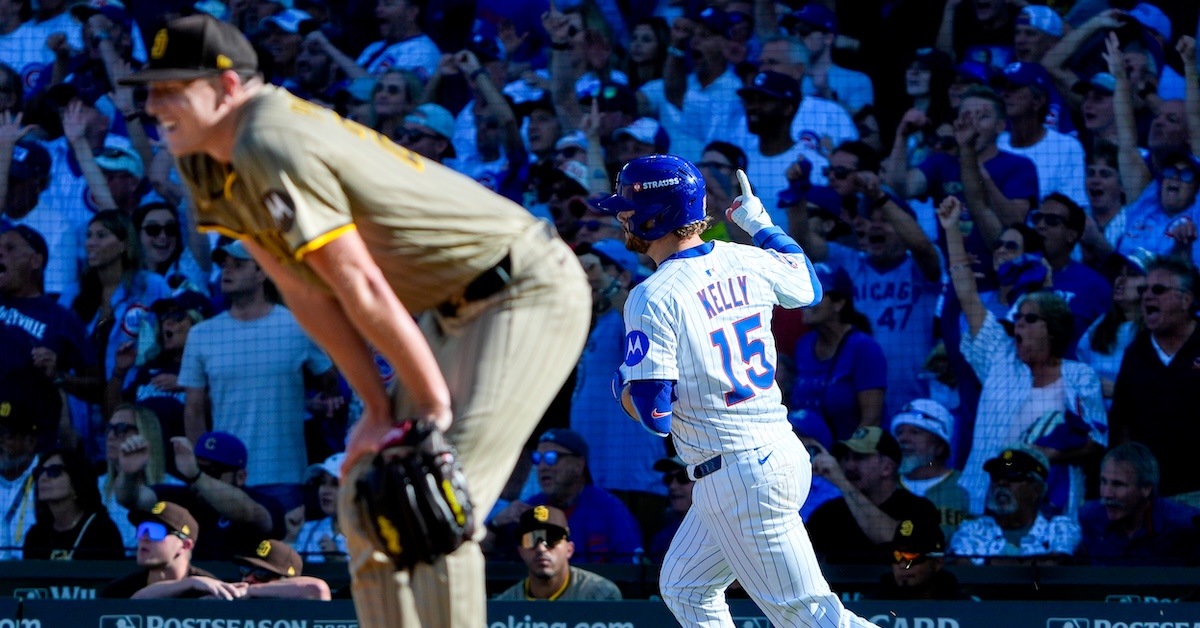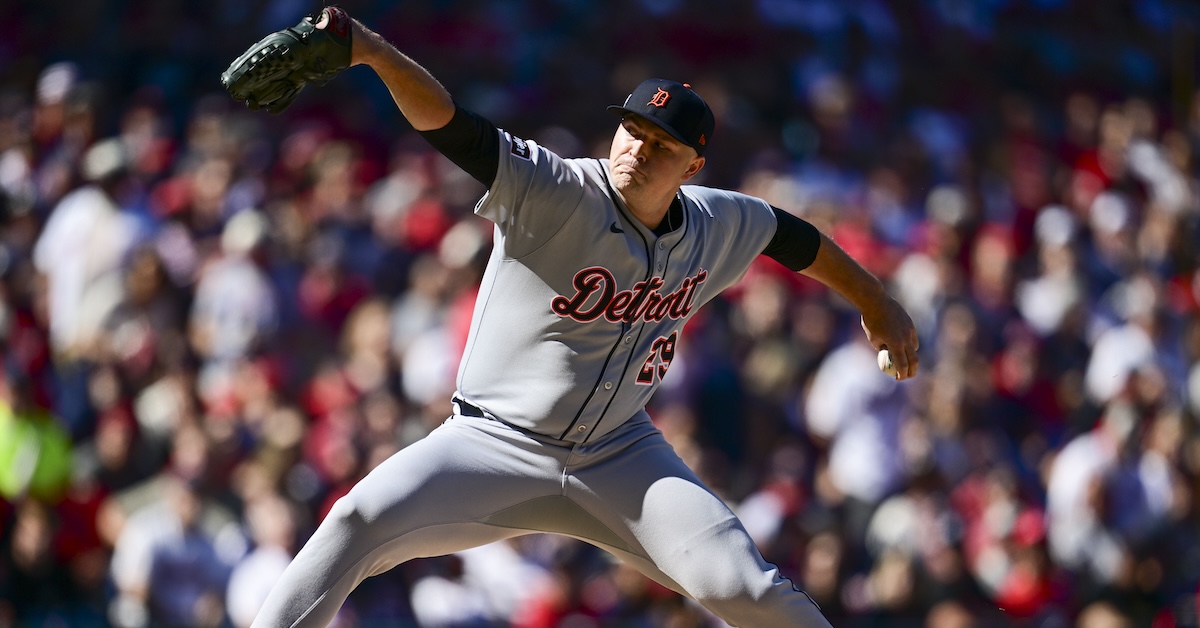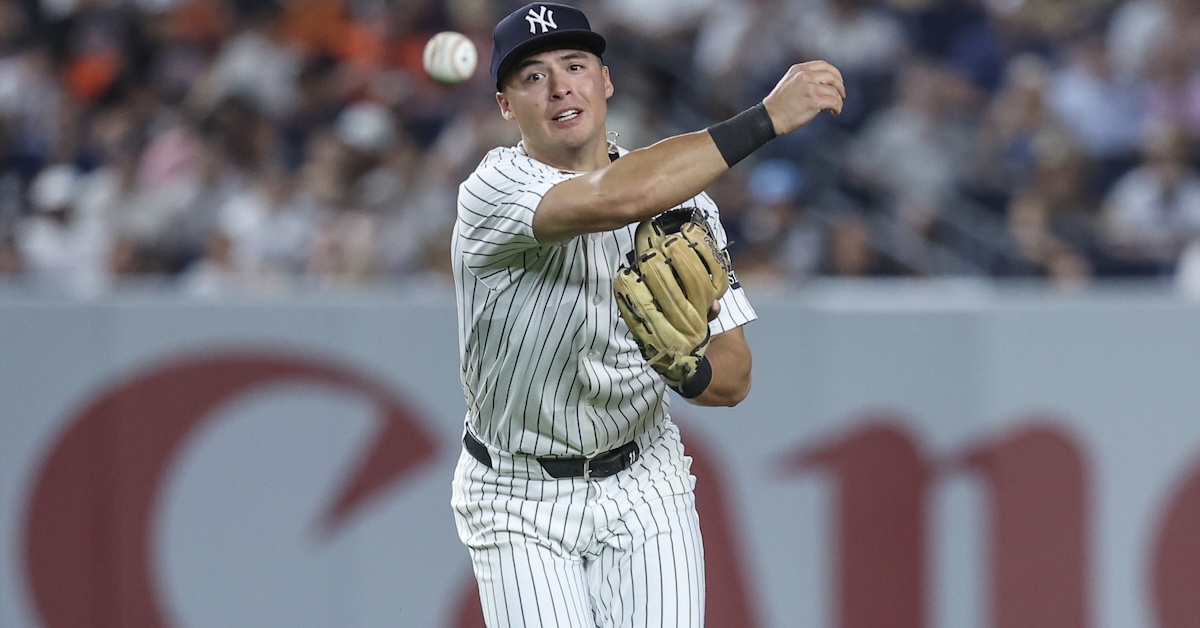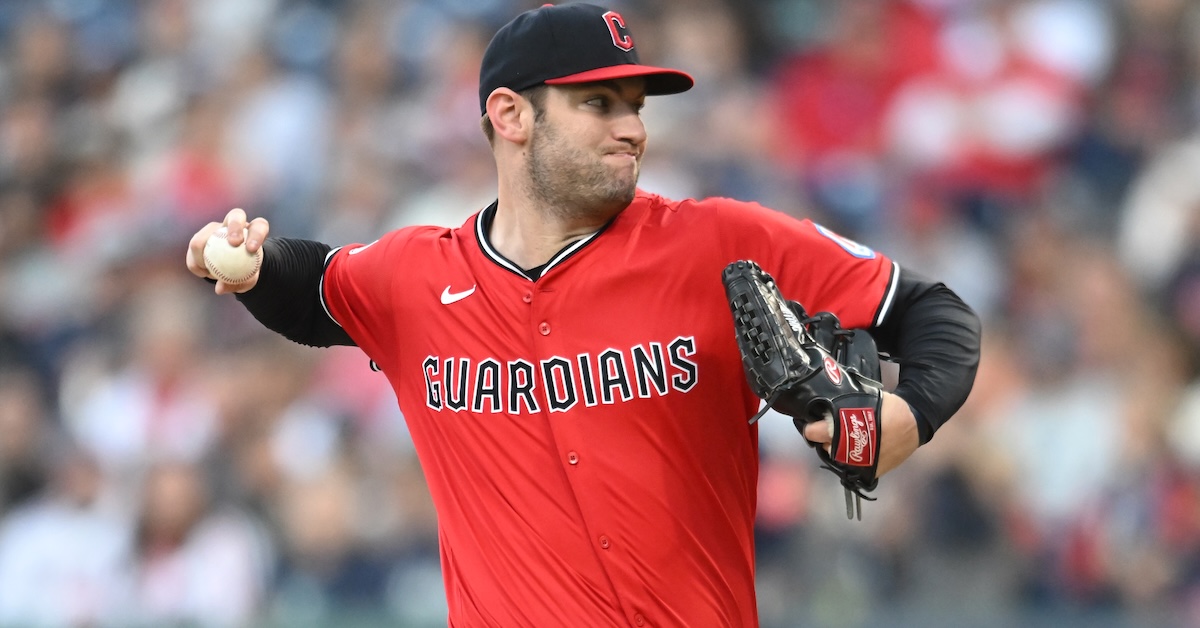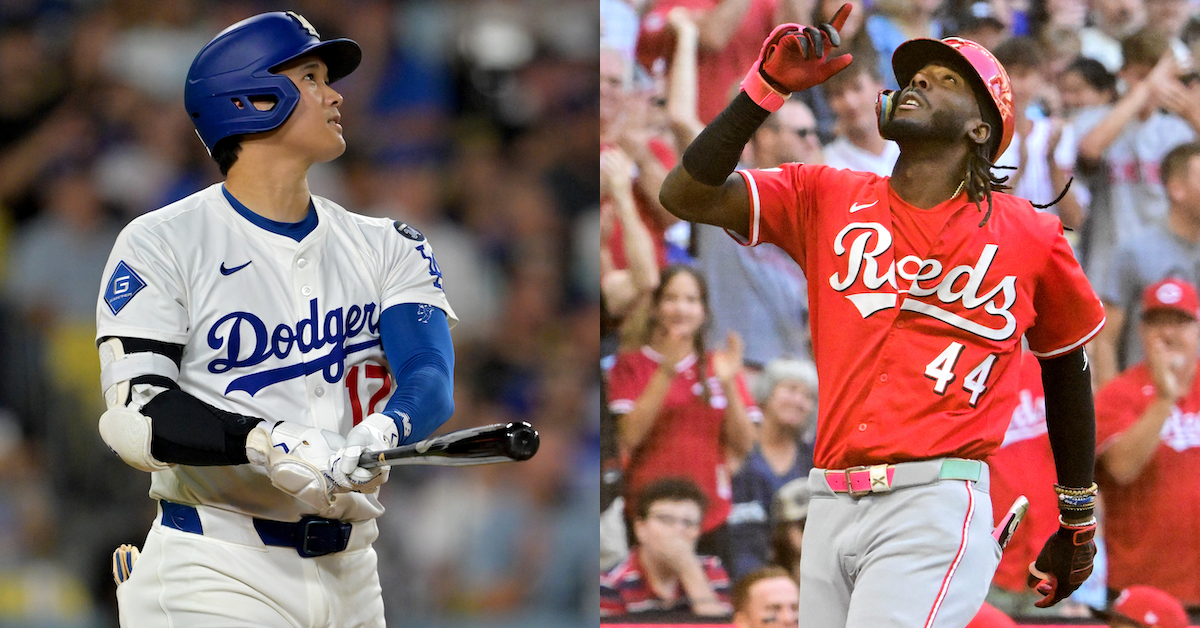Tigers Pounce on Guardians in Game 3 To Advance to the Alds
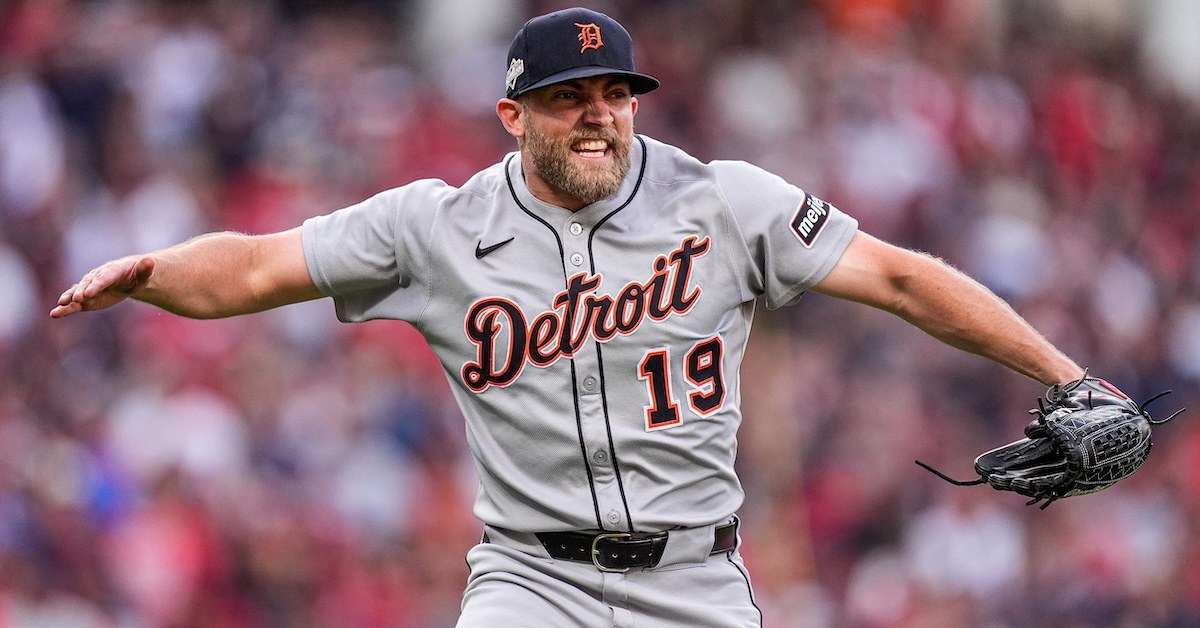
Nobody likes a quick exit from the playoffs, but a brief October cameo would have been an especial humiliation for the 2025 Detroit Tigers. After spending much of the season fighting for the league’s best record, and collecting a 14-game divisional lead at one point, the Tigers went nine games under .500 in the second half. Not only was that bad enough to throw away the division title, Detroit nearly missed the playoffs altogether, only squeezing in thanks to a tiebreak advantage over the Houston Astros. So Thursday’s 6-3 win in Game 3 of the Wild Card series must come as a relief, especially given the measure of revenge that comes with beating Cleveland.
Jack Flaherty got the call in Game 3, his first playoff appearance for the Tigers. There had to be some trepidation about Flaherty, given that his last quality start came back in mid-August. While his 4 2/3 innings of work were short on highlight moments, and he allowed three 100 mph liners that fortunately found leather instead of grass or dirt, Flaherty confined the hits to two-out rallies, leaving Cleveland little room for any bunting or other little-ball shenanigans until the fourth inning. A George Valera double and a José Ramírez single got the Guardians on the board in the fourth, but the danger ended when J-Ram was caught stealing and Chase DeLauter hit into a double play. Flaherty did at least avoid angering the cruel deity that governs predictions; last offseason, he famously said that the Tigers would have defeated the Guardians in last year’s playoffs if he hadn’t been traded to the Dodgers at the deadline. Read the rest of this entry »

